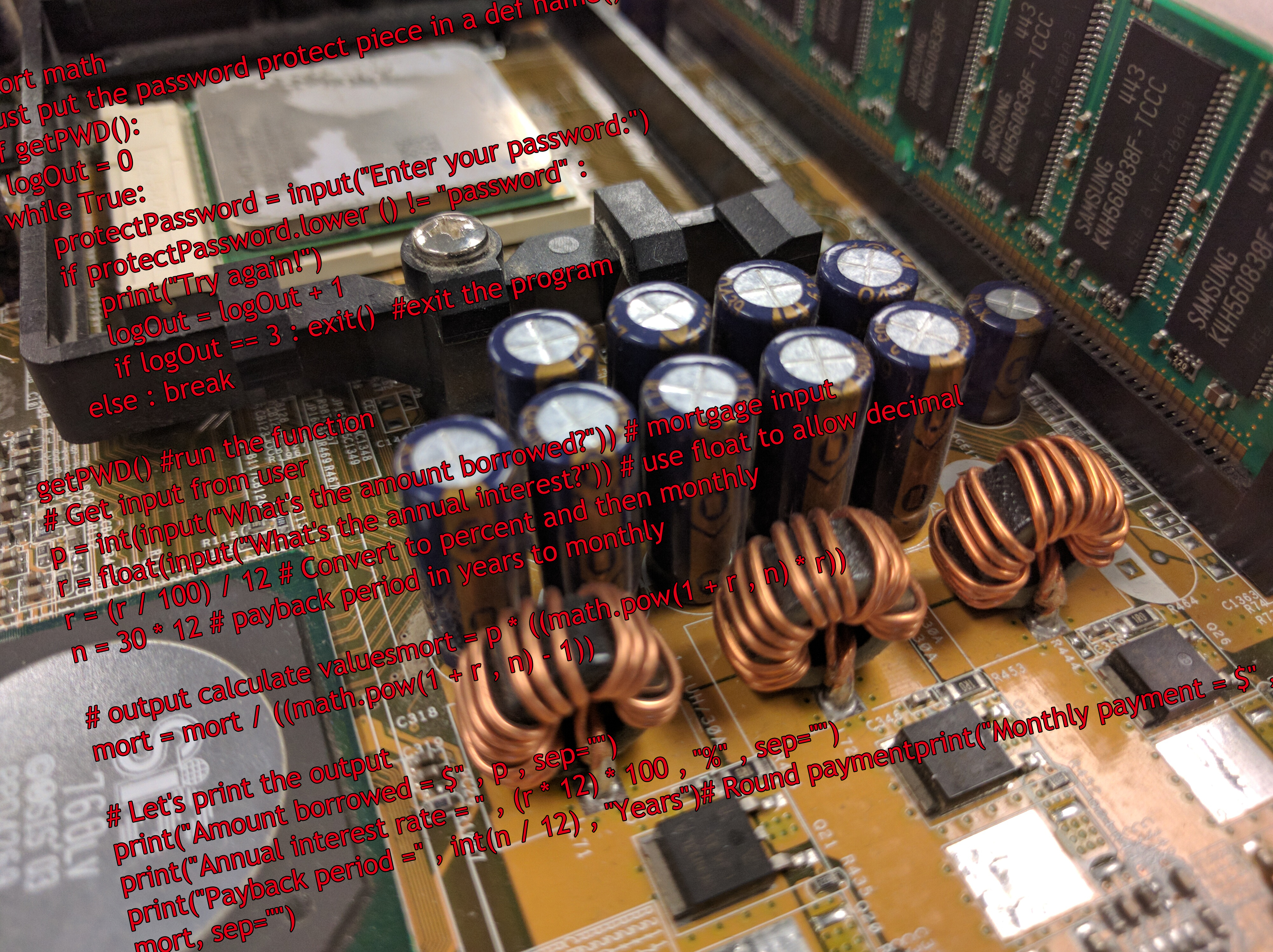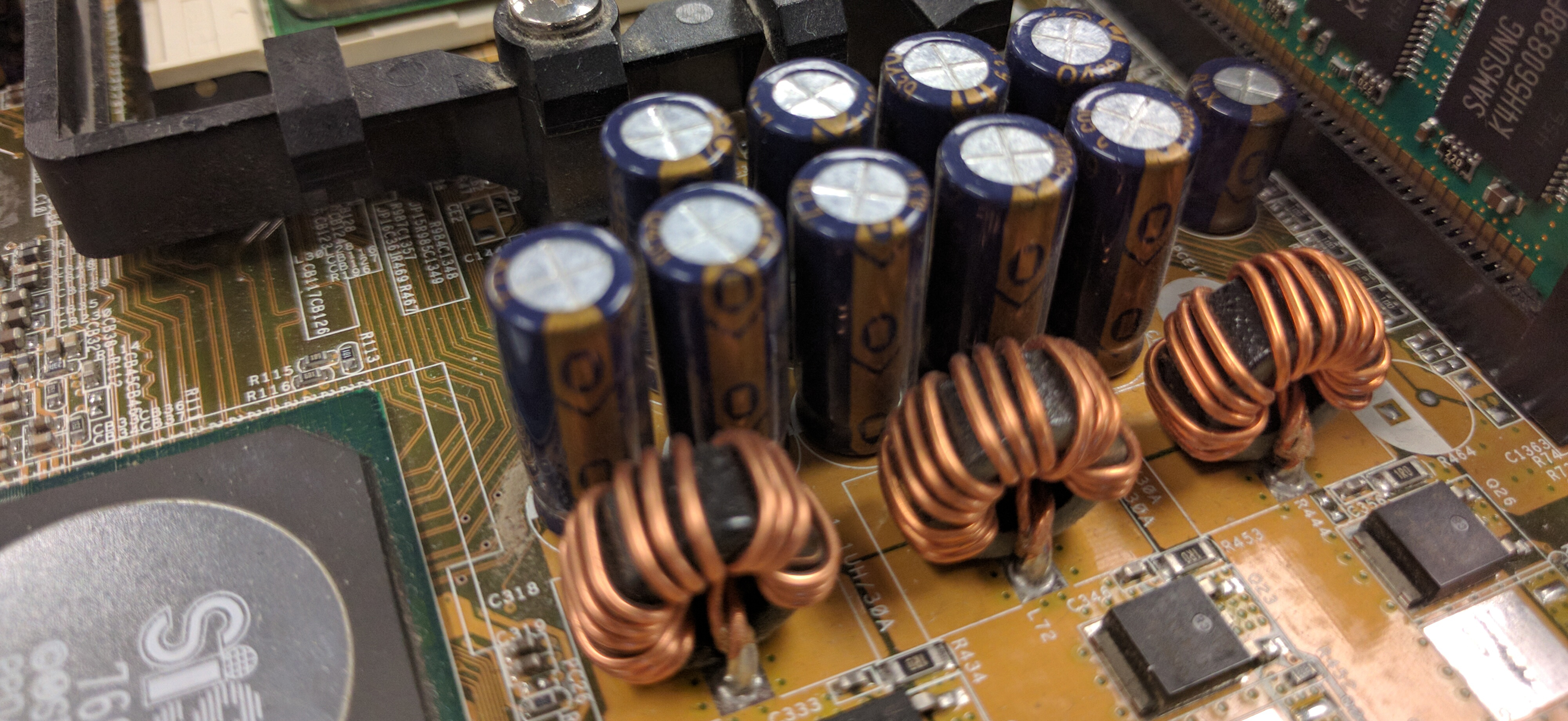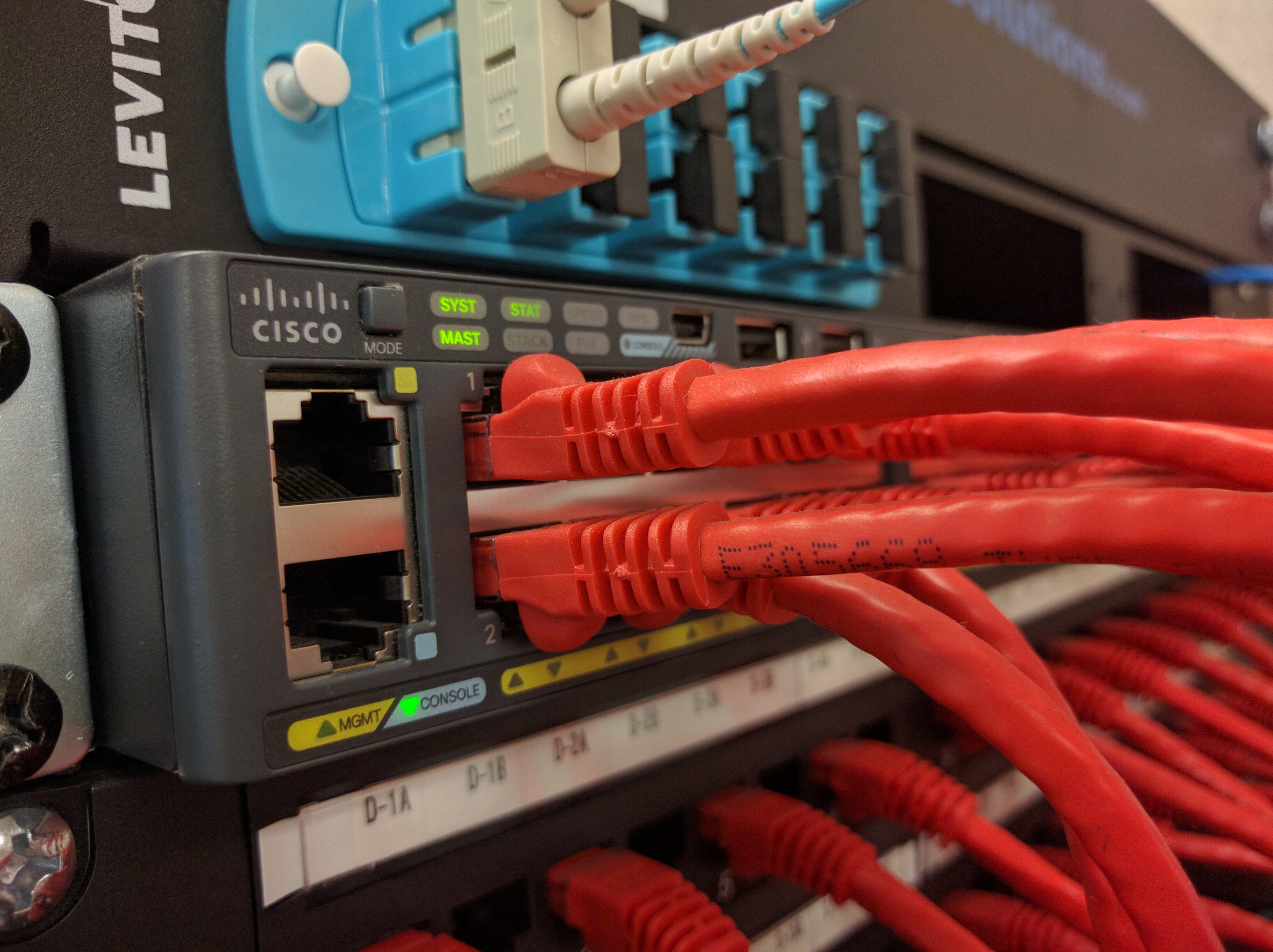
Introduction to Computer Science is an entry level class into the Cisco Academy here at Oak Hills High School. It is geared for Freshmen and serves as the beginning pathway towards a future in the IT field. Students wanting to go into the IT field should complete this class Freshmen year, then do IT Essentials, then Internet Engineering I, and finally Internet Engineering II.
After this class, students will be able to identify and explain the basics of computing:
- Teacher: Mr. Canton

The IT Essentials course covers the fundamentals of computer hardware and software and advanced concepts such as security, networking, and the responsibilities of an IT professional. It is designed for students who want to pursue careers in ICT and students who want to gain practical knowledge of how a computer works. Students who complete this course will be able to describe the internal components of a computer, assemble a computer system, install an operating system, and troubleshoot using system tools and diagnostic software. Students will also be able to connect to the Internet and share resources in a networked environment. New topics in this version include mobile devices such as tablets and smartphones and client-side virtualization. Expanded topics include security, networking, and troubleshooting. Hands-on lab activities are essential elements that are integrated into the curriculum. In addition, the students will be required in small groups to assemble an actual computer and will install operating systems as well as do live troubleshooting to extend beyond the textbook. The inclusion of Packet Tracer supports alignment with the new CompTIA A+ certification objectives.
This course helps students prepare for the CompTIA’s A+ certification, which is an entry level certification to being an IT Field Technician. This class is both a Cisco Networking Academy, which allows students to continue in subsequent years with more advanced networking knowledge and the opportunity to gain CCENT certification (a valuable entry level networking certification), and also a CompTIA Academy Partner. Furthermore, this class is fully articulated with Victor Valley College. Meaning, this class will count as one class at VVC if the students wish to continue their education there.
- Instructor: Mr. Smith

Internet Engineering I, known as CCNA 1:Introduction to Networks to rest of the world, introduces the architecture, structure, functions, components, and models of the Internet and computer networks. The principles of IP addressing and fundamentals of Ethernet concepts, media, and operations are introduced to provide a foundation for the curriculum. By the end of the course, students will be able to build simple LANs, perform basic configurations for routers and switches, and implement IP addressing schemes. Preparation
for Cisco certification examination. This is version 7 of the CCNA series.
This is the first of three classes that make up the CCNA program, or Cisco Certified Network Associate. After CCNA 2 and CCNA 3 (available at VVC and many other colleges), students should attempt to pass the CCNA certification--Cisco Certified Network Associate. In addition, students should also attempt to earn CompTIA's Network+ certificate after CCNA 2.
- Instructor: Mr. Smith

Internet Engineering II, known as CCNA 2: Switching, Routing, and Wireless Essentials to rest of the world, further explores the architecture, components and operations of routers and switches in a small network. By the end of the course students should be able to configure and troubleshoot routers and switches and resolve common issues with RIPv1, RIPng, single area and multi area OSPF, virtual LANs and inter-VLAN routing in both IPv4 and IPv6 networks.
This is the second of four classes that make up the CCNA program, or Cisco Certified Network Associate. After CCNA 1 and CCNA 2, students should attempt to pass the CompTIA Network+ certification. When students go through all three CCNA classes, they will then attempt to pass the CCNA certification.
- Instructor: Mr. Smith

This course is reserved for former Cisco Academy students who have graduated high school. It is a place to come by periodically and check in to share where life has taken you post high school.
- Facilitator: Mr. Smith
